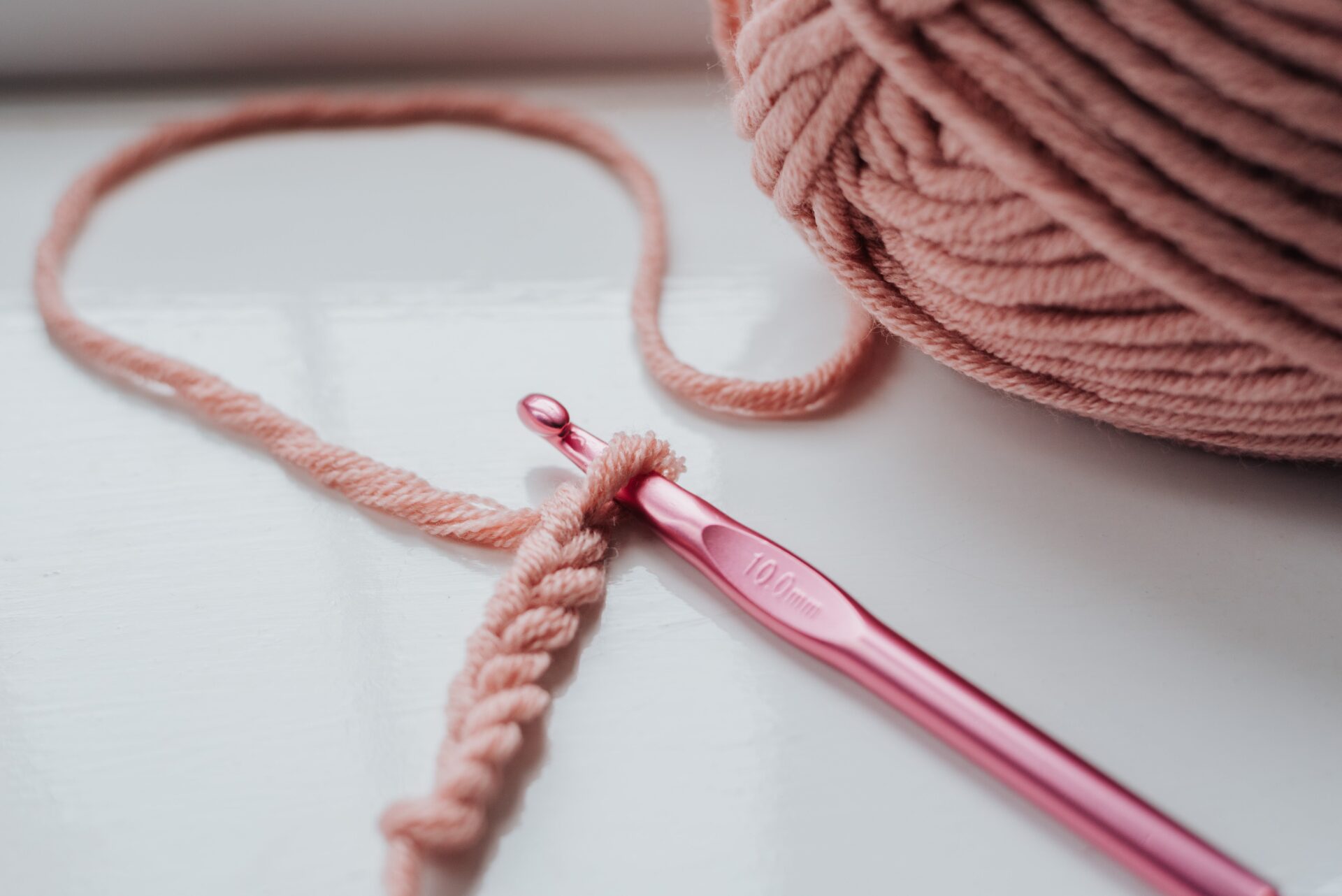Golf is a beloved sport that has been around for centuries, and the golf ball is a vital part of the game. But have you ever wondered how a golf ball is made? Let’s take a look at the process that goes into producing a golf ball and see how it comes together.The materials used in making golf balls include rubber, plastic, and various metal and mineral components. The core of the ball is typically made of a rubber compound, while the outer layer is usually composed of a plastic cover. The metal components used to make golf balls include metals like titanium, copper, zinc, and steel. Additionally, minerals such as surlyn or magnesium are used to create the ball’s dimples that provide aerodynamic stability while in flight.
Manufacturing Process of Golf Balls
The manufacturing process of golf balls consists of several stages. The first step involves the injection of a liquid rubber core into a mold. This core is the foundation of the golf ball and determines its performance characteristics. Once the rubber core is in place, it is covered with multiple layers of synthetic materials such as polyurethane or polybutadiene. These layers provide additional strength and overall performance to the ball.
After the synthetic layers have been applied, a thin layer of paint or resin is added in order to provide aesthetic appeal. The paint also helps to protect the synthetic layers from wear and tear during play. After all these steps have been completed, a dimple pattern is stamped onto the surface of the ball, adding additional distance and control when struck by a golf club.
Finally, after all these components are added, each golf ball must be tested for quality and accuracy before it can be sold in stores. This testing process includes measuring diameter, weight, compression rate, spin rate and other important factors that determine how well each ball will perform on the course.
Once all tests are passed, each ball is packaged into boxes or sleeves for retail sale. The packaging also includes information about the type of materials used in construction as well as tips on how best to use each particular type of golf ball for optimal performance on the course.
Steps Involved in Producing Golf Balls
The production process of golf balls involves several steps. The first step is to mix the required raw materials which includes urethane, rubber, and other synthetic materials. This mixture is then formed into a core which is used for the inner part of the golf ball. The core is then covered with a layer of polyurethane or rubber. The next step is to cover the golf ball with a thin layer of paint. This layer helps to protect the golf ball from fading and helps it maintain its shape and design.
The next step is to cover the golf ball with dimples which affects the flight of the ball when hit by a club. The dimples are made by using a machine that punches hundreds of small holes in the surface of the golf ball. After this, an adhesive is applied to keep all parts together. Finally, the last step involves packing and shipping of finished product to retailers or consumers for use on the golf course.
Molding of the Core of the Golf Ball
The core of a golf ball can be made from several different materials, such as rubber, synthetic rubber, and various forms of plastic. The most common material used for golf ball cores is a type of polybutadiene rubber. This type of rubber has a very high compression and rebound rate which makes it ideal for use in golf balls. The process of molding the core begins with mixing together the ingredients to create a compound that can then be compressed into the desired shape. After the mixture is formed into its desired shape, it is heated in an oven at temperatures up to 160 degrees Celsius. Once cooled, the core is then ready to be inserted into the outer shell of the golf ball.
The process of molding a golf ball core requires precision and accuracy in order to create a perfectly balanced and durable product. This process typically involves several steps such as forming, vulcanizing, and curing. In order to ensure that all components are properly bonded together, special adhesives are used in this process as well. After all these steps have been completed, the finished product has excellent properties such as high durability and consistent performance on each swing.
Application of Layers to Create Outer Shell
Creating an outer shell for a product or machine can be achieved through the application of layers. This is done by stacking sheets of material on top of one another and then bonding them together, resulting in a sturdy and protective outer shell that can withstand a variety of environmental conditions. The layers used can vary from thin metal sheets to thick plastics, depending on the requirements and purpose of the product or machine. By layering materials with different properties, such as strength, durability and insulation, an effective outer shell can be created that will offer an optimal level of protection from external elements. Additionally, multiple layers increase the overall strength and rigidity of the final product and reduce its overall weight.
The process begins with selecting the right materials for each layer. This is determined by the desired performance characteristics of the outer shell, such as protection against corrosion or fire. After this initial phase, each sheet is cut to size before being placed in its designated location within the stack. Once all layers have been arranged in their desired order, they are bonded using adhesives or welding techniques. In some cases additional reinforcing materials may also be added for extra strength and stability. Finally, after all components are securely attached together, finishing touches such as painting or sealing may be applied to further increase performance and extend its lifespan.
The application of layers has become increasingly popular in recent years due to its cost-effective nature and wide range of benefits it offers for both manufacturers and consumers alike. Not only does it provide enhanced durability and protection for products but also helps reduce costs associated with production due to simplified construction methods. A well-designed layered system offers an excellent solution for creating a strong yet lightweight outer shell that will stand up to a variety of environmental conditions while providing superior performance characteristics.

Golf Ball Coverings and Finishing Touches
Golf balls are an essential piece of equipment for any golfer, and the covering and finishing touches are just as important as the ball itself. The type of cover used on a golf ball can help determine how it will perform while out on the course. Golf ball covers are made from a variety of materials, such as urethane, Surlyn, and balata. Urethane covers are durable and provide excellent spin control, making them popular among recreational golfers. Surlyn covers have a harder feel and provide less spin control but offer greater distance. Balata covers are softer than urethane or Surlyn, providing more spin control but less distance.
The finish of the golf ball is also important in determining its performance. Matte finishes reduce glare from sunlight during play and can reduce the amount of backspin generated when hitting the golf ball. Shiny finishes can help to create more spin off the clubface when hitting shots, making them a popular choice for advanced players who want to hit precise shots with maximum spin control.
No matter what type of cover or finish you choose for your golf ball, it’s important to make sure that it fits your playing style and meets your performance needs. With so many options available today, you’re sure to find a ball that will suit your game perfectly!
Inspection and Testing for Quality Assurance
Inspection and testing are the two primary methods used to ensure quality products and services. Quality assurance involves both inspecting and testing of products or services to ensure that they meet the desired specifications, as well as providing feedback on any issues that may arise. Inspection is the process of visually examining a product or service in order to identify any discrepancies or defects. This process typically involves evaluating samples of the product, comparing them against predetermined criteria, and determining if any modifications are necessary. Testing is a more comprehensive approach to quality assurance, involving a series of tests conducted on the product or service in order to verify its performance and reliability. Testing can include physical tests such as stress tests, endurance tests, or temperature tests, as well as laboratory tests such as chemical analyses or computer simulations. Both inspection and testing are essential elements of quality assurance, as they provide valuable data which can be used to identify potential issues before they enter into production or become public-facing products.
The results of inspection and testing can be used to improve processes and procedures, identify areas for improvement, determine root causes of defects, track trends in performance over time, reduce costs associated with repairs or replacements, improve customer satisfaction, and ultimately lead to increased profits for businesses. Additionally, inspection and testing can be used to demonstrate compliance with regulatory requirements in certain industries such as healthcare or aerospace manufacturing. Companies must ensure that their inspection and testing processes are properly implemented in order to ensure that their products meet all applicable standards and regulations.
Inspection and testing should be conducted regularly throughout the manufacturing process in order to ensure that all products meet the highest levels of quality assurance possible. Regular review of production records should also take place in order to verify that all inspections have been properly documented and that all test results have been correctly assessed. By consistently monitoring their products through inspection and testing processes, companies can ensure consistent quality across their entire product line while minimizing risk associated with defects or non-conformance with regulatory requirements.
Packaging and Shipping of Golf Balls
Golf balls are a fragile item that require careful packaging and shipping to ensure they arrive in perfect condition. When packaging golf balls for shipping, it is important to take into consideration the weight, material, size, and shape of the golf balls. Depending on the size and weight of the golf balls, a suitable package should be chosen to ensure that the golf balls are securely packaged and arrive safely.
For lighter golf balls, such as practice or range balls, a cardboard box or plastic bag may be sufficient. These packages should be able to provide adequate protection against dirt and moisture while allowing for easy transport. For heavier golf balls, such as competition-grade or tour-level models, a more durable package should be used such as a hard plastic case or an airtight container. These types of packages will provide extra protection against shock and will also help prevent any damage during transit.
When it comes to shipping golf balls, there are several options available depending on how quickly they need to arrive at their destination. Economy shipping is often used for lighter items such as practice or range balls and can take anywhere from 2-7 business days depending on the distance travelled. For heavier items such as competition-grade or tour-level models, express shipping is usually recommended for faster delivery times. Express shipping typically takes 1-3 business days depending on the distance travelled.
It is also important to keep in mind that some countries have stricter import regulations when it comes to certain items such as golf balls which may require additional paperwork or fees before being allowed into the country. It is therefore important to check with local import regulations prior to shipping any items internationally so that there are no delays in delivery due to unforeseen circumstances at customs.

Conclusion
Golf ball production is a complex process that requires precision and expertise. It is a labor-intensive process that involves numerous steps such as formulating the rubber core, forming the cover, and painting the dimples. All of these steps are necessary to create a golf ball that has excellent performance qualities. The type of materials used, the number of dimples on the ball, and the number of layers in the cover all have an effect on how the ball performs in a game.
The technology employed in producing golf balls has advanced greatly over time, allowing for higher quality golf balls to be produced with greater consistency than ever before. Golf balls are now made to be more aerodynamic and optimized for distance and spin rates.
Golf balls are an important part of the game for all players and each one can affect performance differently. It is important to select a golf ball that is suited to your playing style and skill level in order to get maximum performance out of it. Knowing how they are made can help you make an informed decision when selecting one for your game.
In conclusion, understanding how golf balls are made can help you decide which type of ball will work best for your game, as well as give you an appreciation for the complexity of designing these tiny pieces of equipment that can make a big difference in improving your golf game.




